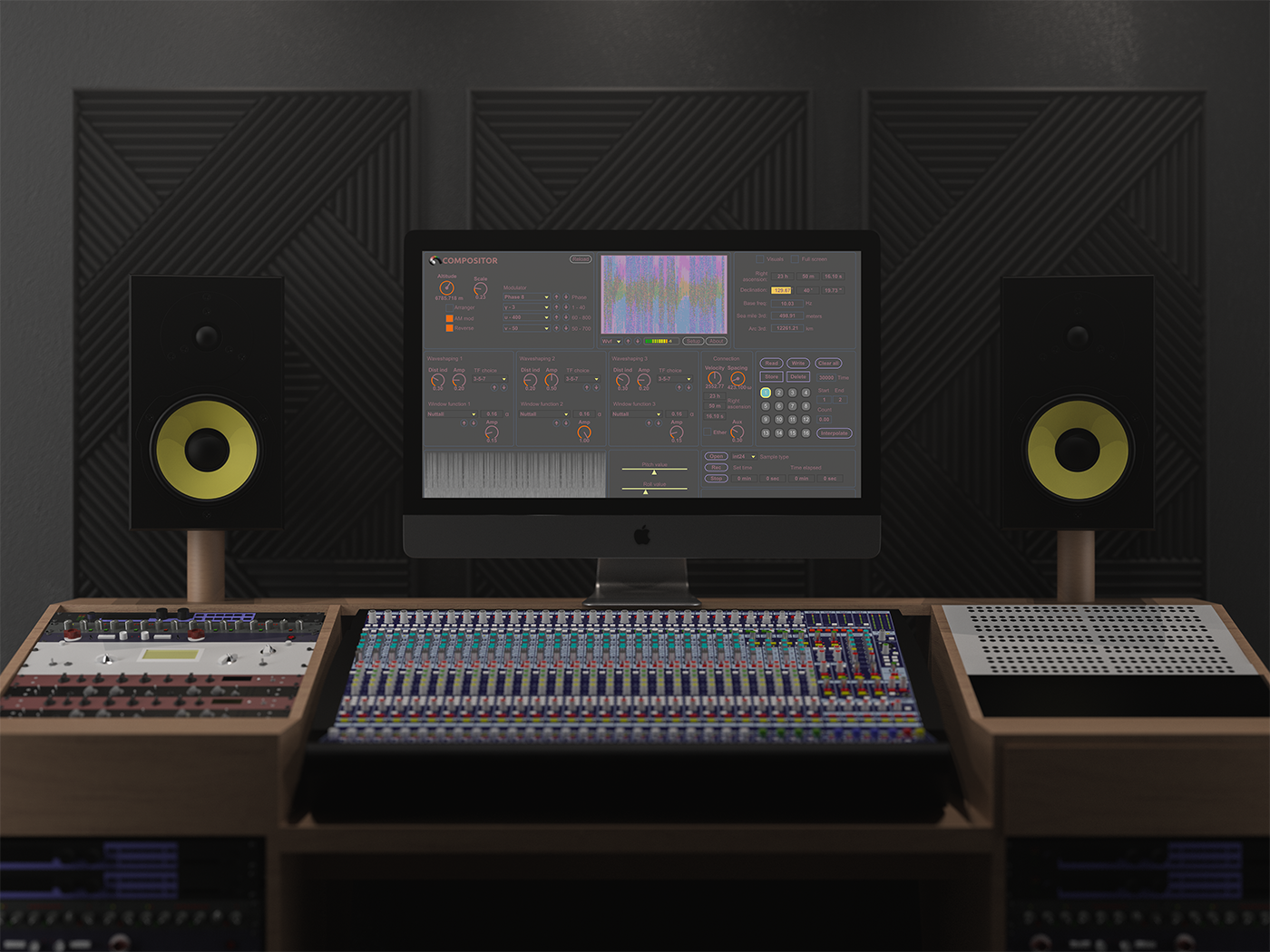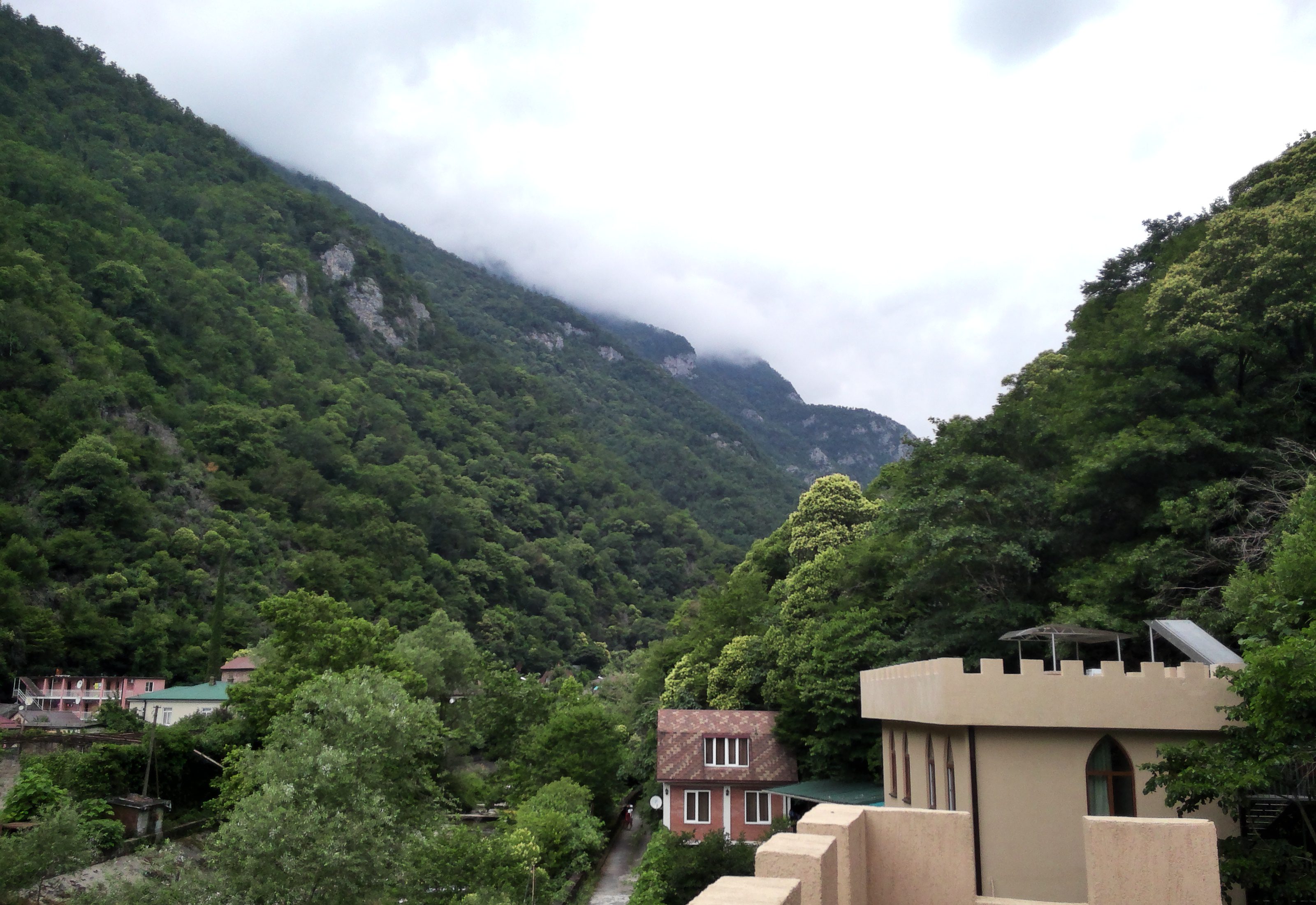RTOS version 9.0.2 a16 assembled It took more than 1.5 years to work on solving the problem of Compositor AV Extended interface break-through (which is the main interface of RTOS). This problem occurred during the dial-up of routing tables for establishing a tunnel connection. The way to recreate it: first, RTOS protocols are dialed by injecting routing tables into them,…


